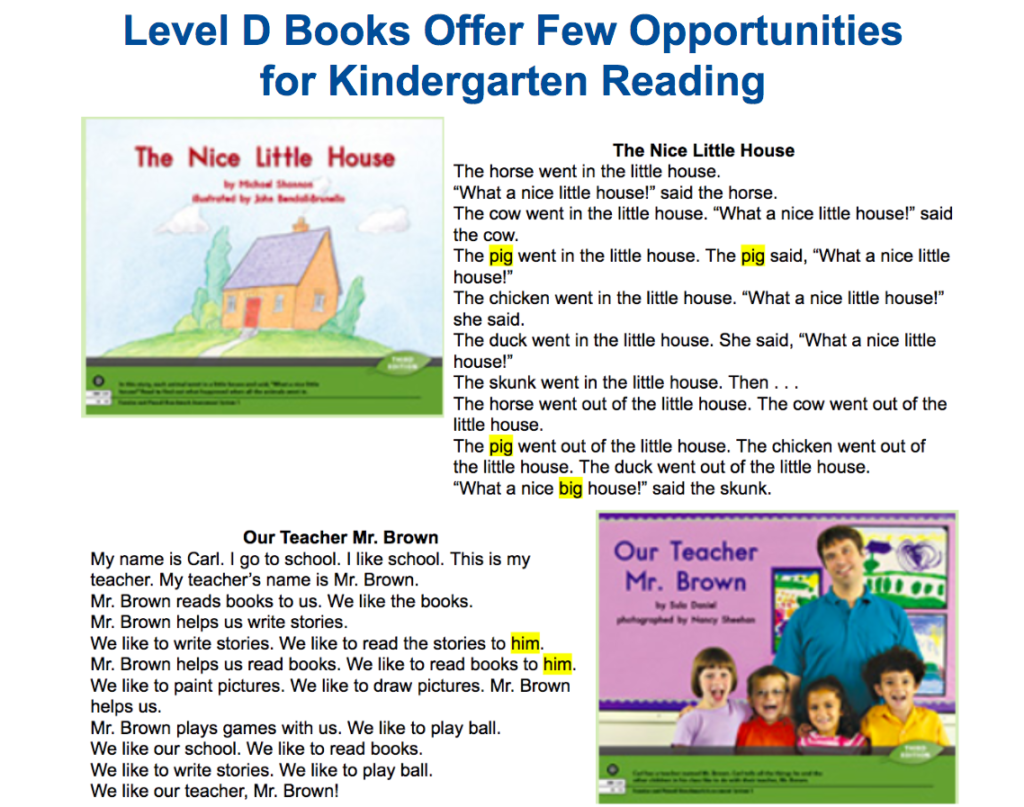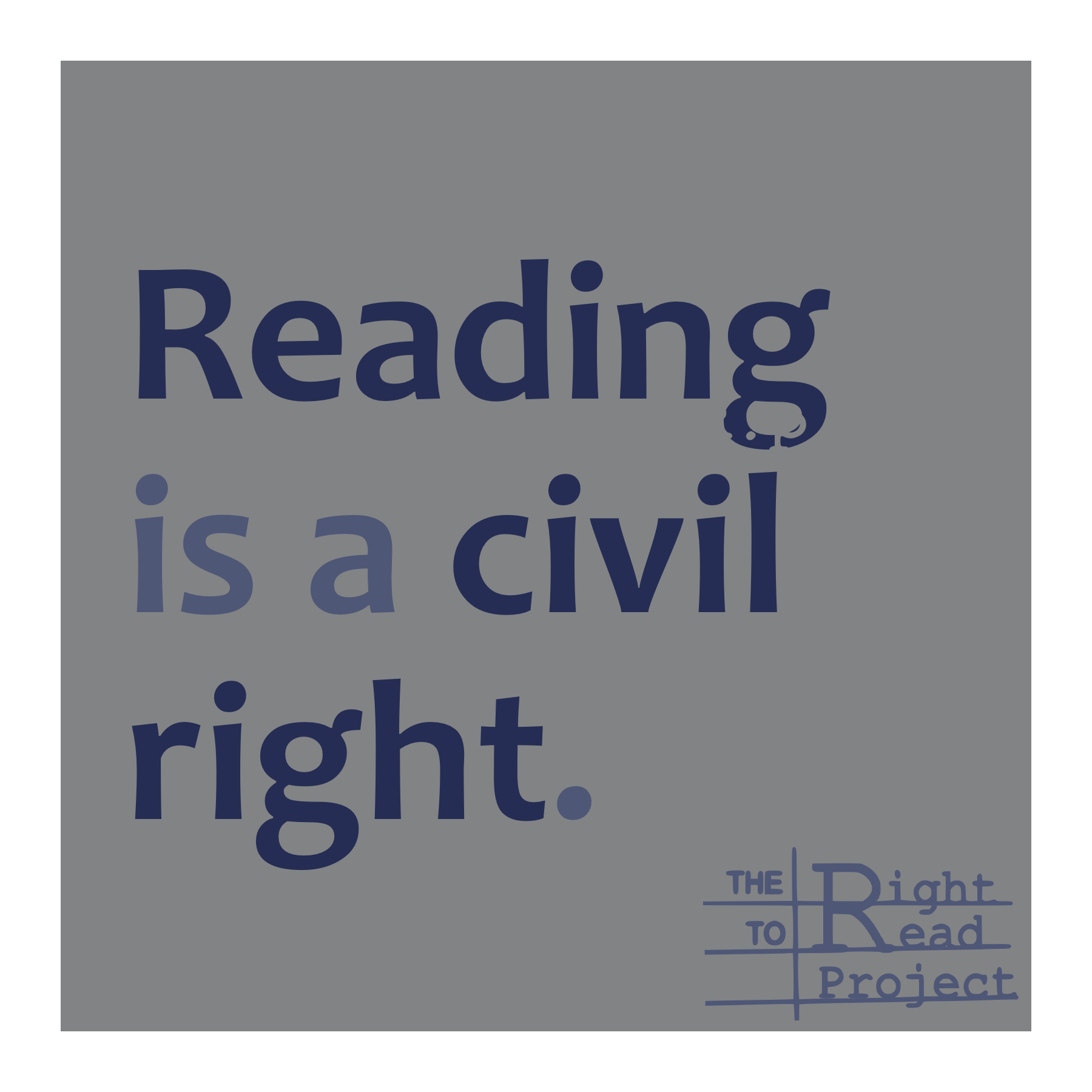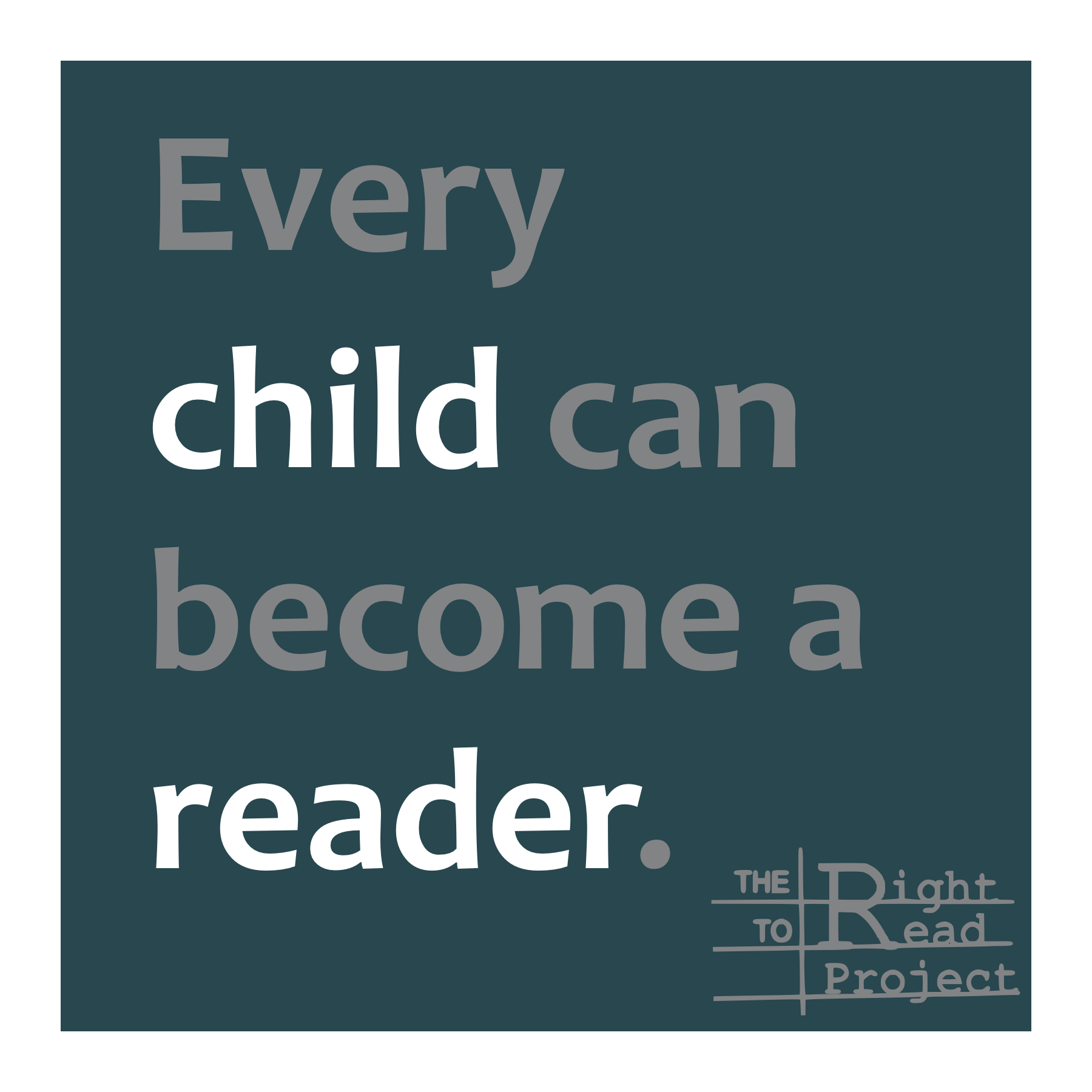The (Marketing) Genius of the F&P Leveling System
The Fountas and Pinnell leveling system proposes that all the books written in English can be sorted into 26 categories, exactly the number of letters in the English alphabet. (In the same neighborhood as Reading Recovery’s 34 levels, one can’t help but notice. But that minus-eight makes all the difference.) The A-Z simplicity of the F&P leveling system is so appealing that it’s easy to overlook the major problems.
Based on a Disproven Theory
The F&P leveling system rests on a disproven theory of reading known as “three-cueing,” which was popularized by Dr. Ken Goodman, “Father of Whole-language.” Goodman wrote that:
“Skill in reading involves not greater precision, but more accurate first guesses based on better sampling techniques, greater control over language structure, broadened experiences and increased conceptual development. As the child develops reading skill and speed, he uses increasingly fewer graphic cues.”
Reading: A Psycholinguistic Guessing Game, Ken Goodman, 1967
Cognitive scientists have since discovered otherwise:
“Good readers do not skim and sample the text when they scan a line in a book. They process the letters of each word in detail, although they do so very rapidly and unconsciously. Those who comprehend well accomplish letter-wise text scanning with relative ease and fluency. When word identification is fast and accurate, a reader has ample mental energy to think over the meaning of the text.”
Teaching Reading Is Rocket Science, Louisa Moats, 2004
Not Appropriate For Primary Grade Instruction
The books at the lower F&P levels are not “authentic” texts. They are written to fit formulas; Level A books have a predictable pattern on every page and in Level B one word on the last page strays from the pattern. These books are called “predictable texts” because they are designed to teach students to predict what the words will be and to use the pictures and a few letters on the page to confirm their predictions. This backwards approach to reading calls for a reader to know the book in order to read it
Dr. Marilyn Adams described this strange reversal:
“If the original premise of the three-cueing system was that the reason for reading the words is to understand the text, it has been oddly converted such that, in effect, the reason for understanding the text is in order to figure out the words.”
Two Solitudes: The Three-Cueing System is Popular with Teachers but Researchers are Hardly Aware of It, Marilyn Adams, 1998
Fountas and Pinnell leveled books intend to wean beginning readers off predictable patterns and pictures by gradually increasing the complexity of the sentences and story structures. This approach discounts the fact that most children arrive at school with oral language and reasoning skills that allow for more complex thought than is required in these basic books. Beginning readers lack phonics, not language. But the books are not controlled for phonic-complexity. In fact, books at Levels A and B have more polysyllabic words than those at E or F.
Not Standards-Aligned
F&P levels A-D texts are marketed as “emergent reader texts” but they do not fit the definition according to the Common Core.

Appendix A adds:

The Foundational Skills Framework released by California’s Department of Education explains:
“Beginning readers need ample opportunity to practice what they are learning…practice includes reading connected text that is controlled in such a way that the spellings of most of the words are consistent with what children have learned. Decodable texts especially serve this purpose. The value of decodable texts is time limited but significant for beginning readers because these texts provide the opportunity for students to apply what they are learning about the alphabetic code, which enhances their reading acquisition.”
And:

Not Appropriate for Assessment, Either
Fountas and Pinnell market Levels A-D to Kindergarten teachers, but their predictable texts provide few opportunities for students to apply Kindergarten standards, which is why they should not be used to assess student progress towards grade-level goals. And yet, districts all across the country use the Fountas and Pinnell Benchmark Assessment System to determine student reading progress.

They keep selling; we keep buying
To incorporate the findings of cognitive scientists into their work, Fountas and Pinnell would have had to completely rework the system upon which they’ve built their careers. They would also have had to publish very different “emergent reader” texts, ones that require beginning readers to process every letter of every word. Instead, they doubled down on three-cueing, collaborating with Heinemann to publish more professional books, curricula, assessments, and yes, leveled texts, that promote cueing.
Using alphabet letters to categorize books was a stroke of marketing genius, but Irene Fountas and Gay Su Pinnell missed the opportunity to teach students that the essence of reading is the way those letters represent the sounds of speech.
(Click here for a downloadable pdf of “Leveling Charges at F&P”)








